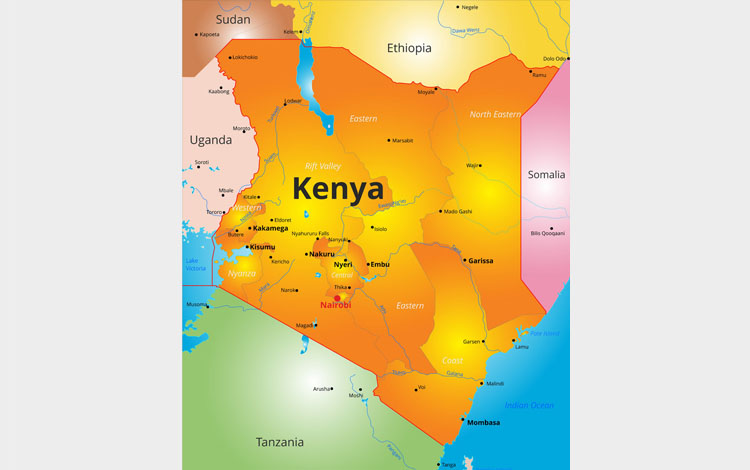(3 minutes read)
Kenya scotched the news that it had defaulted on interest repayments on a loan advanced by China for the construction of a railway line from the port city of Mombasa that was commissioned in 2017. The US$5 billion project, financed 90 percent by China, replaced the so-called “Lunatic Express” — a line built more than a century ago by Britain known for lengthy delays and breakdowns.
Kenya scotched the news that it had defaulted on interest repayments on a loan advanced by China for the construction of a railway line from the port city of Mombasa that was commissioned in 2017. The US$5 billion project, financed 90 percent by China, replaced the so-called “Lunatic Express” — a line built more than a century ago by Britain known for lengthy delays and breakdowns.
There was a report that the government failed to repay interest on the loan in the financial year ending June. That attracted a fine of 1.312 billion Kenyan shillings (US$10.8 million). Treasury Cabinet Secretary Ukur Yatani rejected the report as “misinformation”, saying the financial position of the East African economic powerhouse was “sound and robust”.The railway line is planned to eventually link Uganda, Rwanda, South Sudan, Burundi, and Ethiopia and was to be managed by the Chinese contractor for five years before being handed over to the Kenyan government.
Read Also:
https://trendsnafrica.com/kenyas-import-cover-plunges-to-the-lowest-in-seven-years/
https://trendsnafrica.com/the-kenyan-agriculture-start-up-twiga-foods-to-expand-its-footprints/
https://trendsnafrica.com/super-rich-in-kenya-to-be-taxed-more/
But it has posted losses. Analysts feel that the trend could continue after newly elected President William Ruto last month reversed a policy that made it mandatory for cargo to use the railway. China is Kenya’s second-largest lender after the World Bank and has funded a number of costly infrastructure projects., necessitating a huge amount to clear the debts. Kenya’s debt load in June stood at 8.6 trillion shillings ($71.1 billion), an 11.5 percent rise from a year earlier, according to government figures. The steady erosion of the value of local currency also enhanced the quantum of debt repayment.





